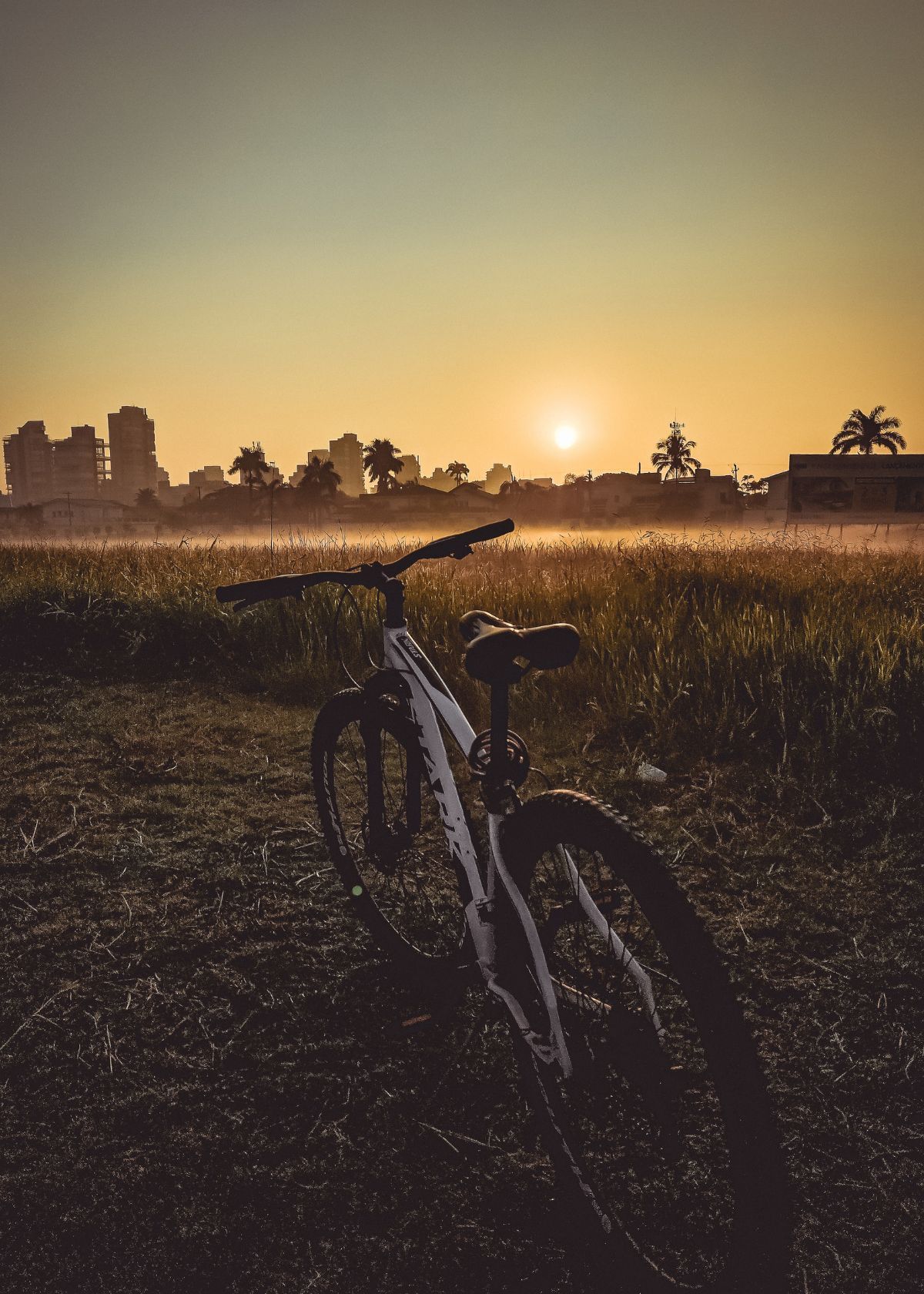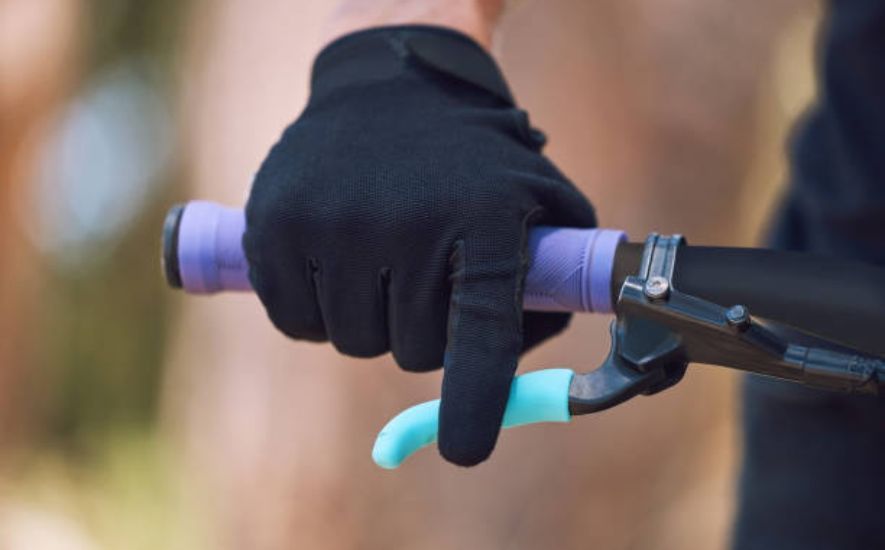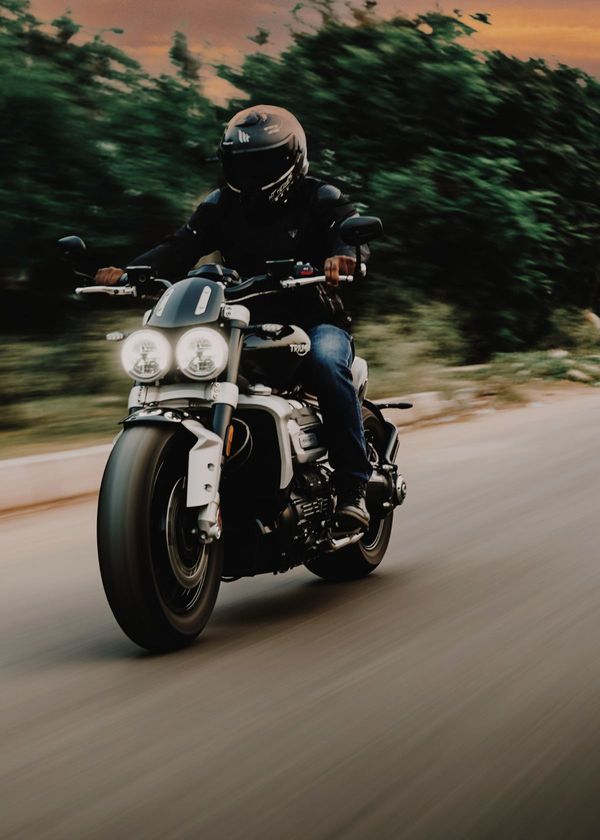Riding a mountain bike through rugged terrain can be an exhilarating experience, but it can also be a painful one if you don't have the right gear. One piece of equipment that often gets overlooked is the humble mountain bike glove. While it may seem like a small detail, having the proper fit and material in your gloves can make a big difference in your comfort, control, and safety on the trails.
Picture this: you're flying down a steep descent, your heart racing with excitement, when suddenly a rock juts out of the trail and sends your bike skidding.
Without proper mountain biking gloves, your hands could be left vulnerable to scrapes, blisters, or even more serious injuries. On the other hand, a well-fitted glove made of durable materials can protect your hands from the elements and prevent them from slipping off the handlebars.
But it's not just about protection - the right gloves can also enhance your performance on the bike. A snug fit can improve your grip and give you better control over your brakes and shifters, while breathable materials can wick away sweat and keep your hands cool and dry.
So, whether you're a seasoned pro or a newbie to the sport, don't underestimate the importance of proper fit and material in your mountain bike gloves. It may just be the key to unlocking your full potential on the trails.
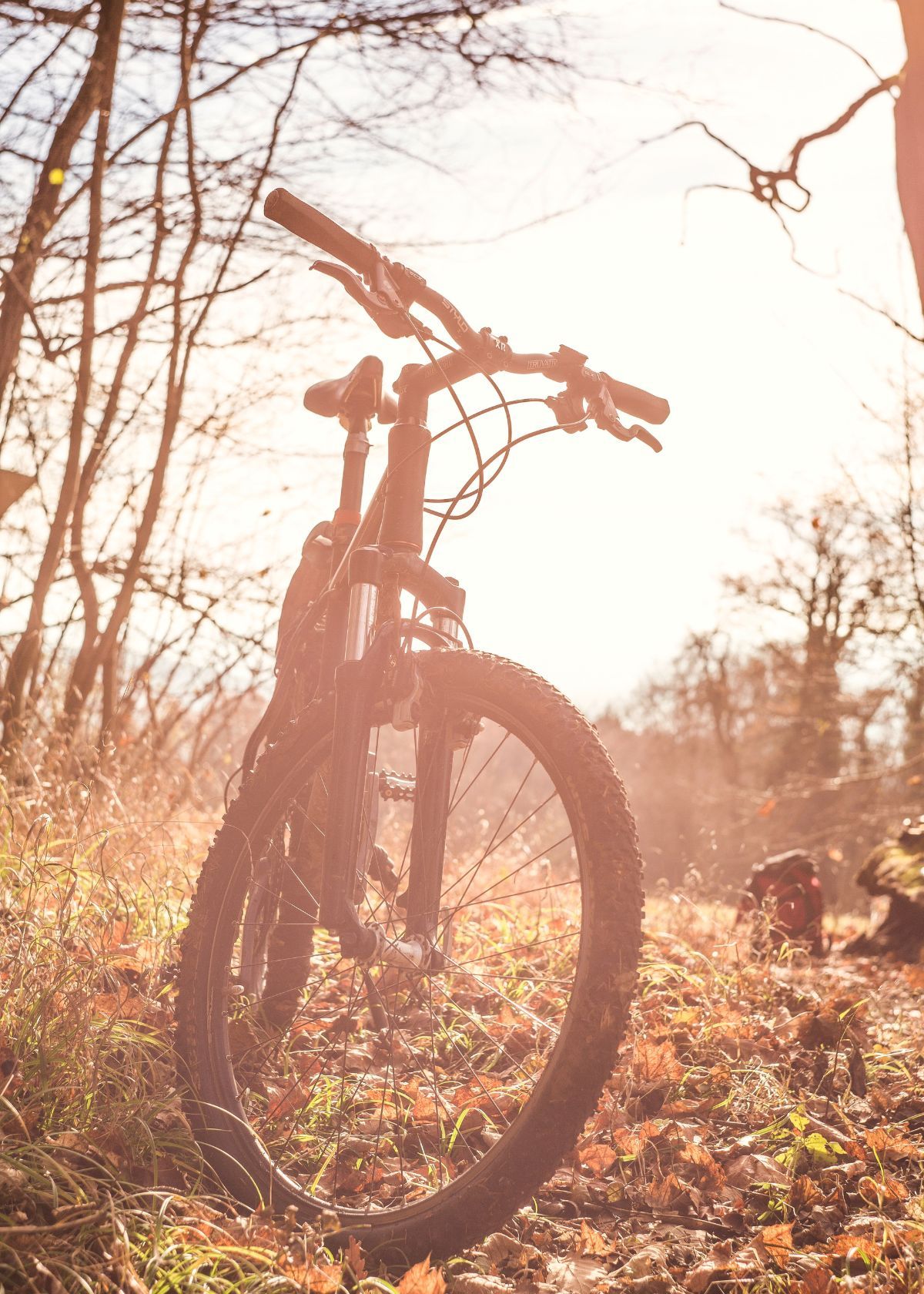
Enhancing Grip and Control
Mountain biking can be a thrilling experience, but it can also be dangerous if you're not equipped with the right gear. One of the most important pieces of gear for any mountain biker is a good pair of padded gloves.
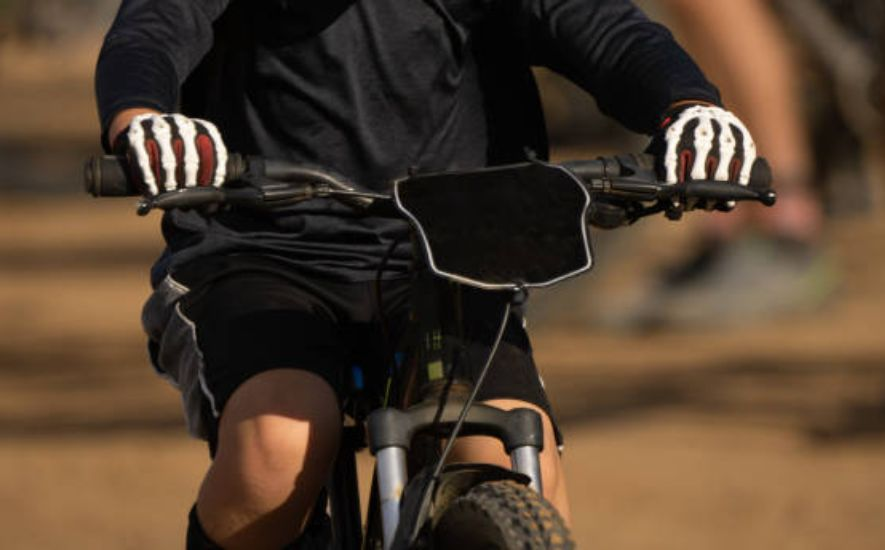
They protect your hands from scrapes and bruises in the event of a fall and provide the necessary grip and control to help you navigate the tricky terrain.
Fit: The Foundation of Control
When it comes to mountain bike gloves, fit is everything. A poorly fitting glove can compromise your grip on the handlebars and hinder your ability to control your bike. A glove that's too tight can restrict movement and cause discomfort, while a glove that's too loose can slip off or bunch up, making it difficult to get a good grip.
The key to finding the right fit is to look for gloves that offer a snug, but not too tight fit. A good rule of thumb is to look for gloves that allow you to move your fingers freely without feeling constricted. Look for gloves with adjustable closures, such as Velcro or elastic bands, to ensure a customized fit that stays put.
Material: Durability and Performance
Another important factor to consider when choosing mountain bike gloves is the material they're made of. The right material can enhance grip and control, while also providing durability and protection.
One popular material for mountain bike gloves is synthetic leather, which offers excellent grip and durability. Synthetic leather is also lightweight and breathable, making it a great choice for warmer weather. Another option is mesh fabric, which provides ventilation and moisture-wicking properties to keep your hands cool and dry during intense rides.
For those who prefer natural materials, some mountain bike gloves are made from leather. Leather gloves offer excellent durability and grip, but can be heavier and less breathable than synthetic materials.
Additional Features: Padding and Reinforcement
Finally, consider any additional features that can enhance grip and control. Some mountain bike gloves feature padding on the palms and fingers, which can help reduce fatigue and absorb shock during rough rides. Reinforcement on high-wear areas, such as the thumb and forefinger, can also provide added durability and protection.

Protecting Hands and Preventing Fatigue
Mountain biking is a thrilling and exhilarating activity that provides riders with a sense of freedom and adventure. However, it is also a high-impact sport that can put a lot of strain on the hands and arms, causing fatigue and discomfort. To combat this, it is crucial to wear gloves made of the right material.
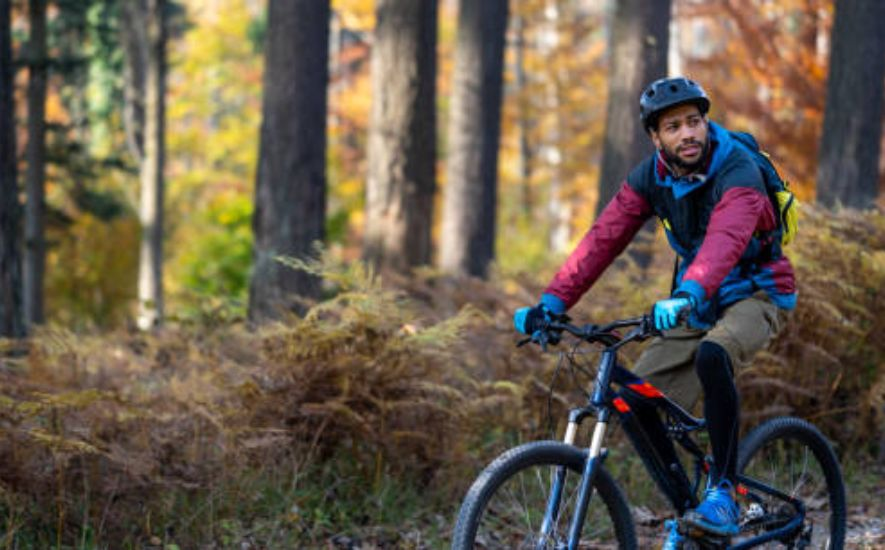
Why Protecting Your Hands is Important
Mountain biking can be a challenging sport that requires a significant amount of grip strength and hand dexterity.
Without proper protection, riders can experience fatigue, blisters, and even injuries. Not only can this impact performance, but it can also lead to long-term damage to the hands and wrists.
Proper Fit for Mountain Bike Gloves
The first step in choosing mountain bike gloves is finding a pair that fits properly. Ill-fitting gloves can be uncomfortable and restrict movement, hindering performance.
To ensure a proper fit, measure your hand's width and length and consult the glove manufacturer's sizing chart. It is also important to try on gloves in person if possible, to ensure the best fit.
Full-Finger Gloves or Half-Finger Gloves
Mountain bike gloves come in both full-finger and half-finger styles. Full fingered gloves offer more protection and are ideal for cooler weather or more rough terrain.
On the other hand, half-finger or fingerless gloves provide more dexterity and are great for warmer weather or less technical rides.
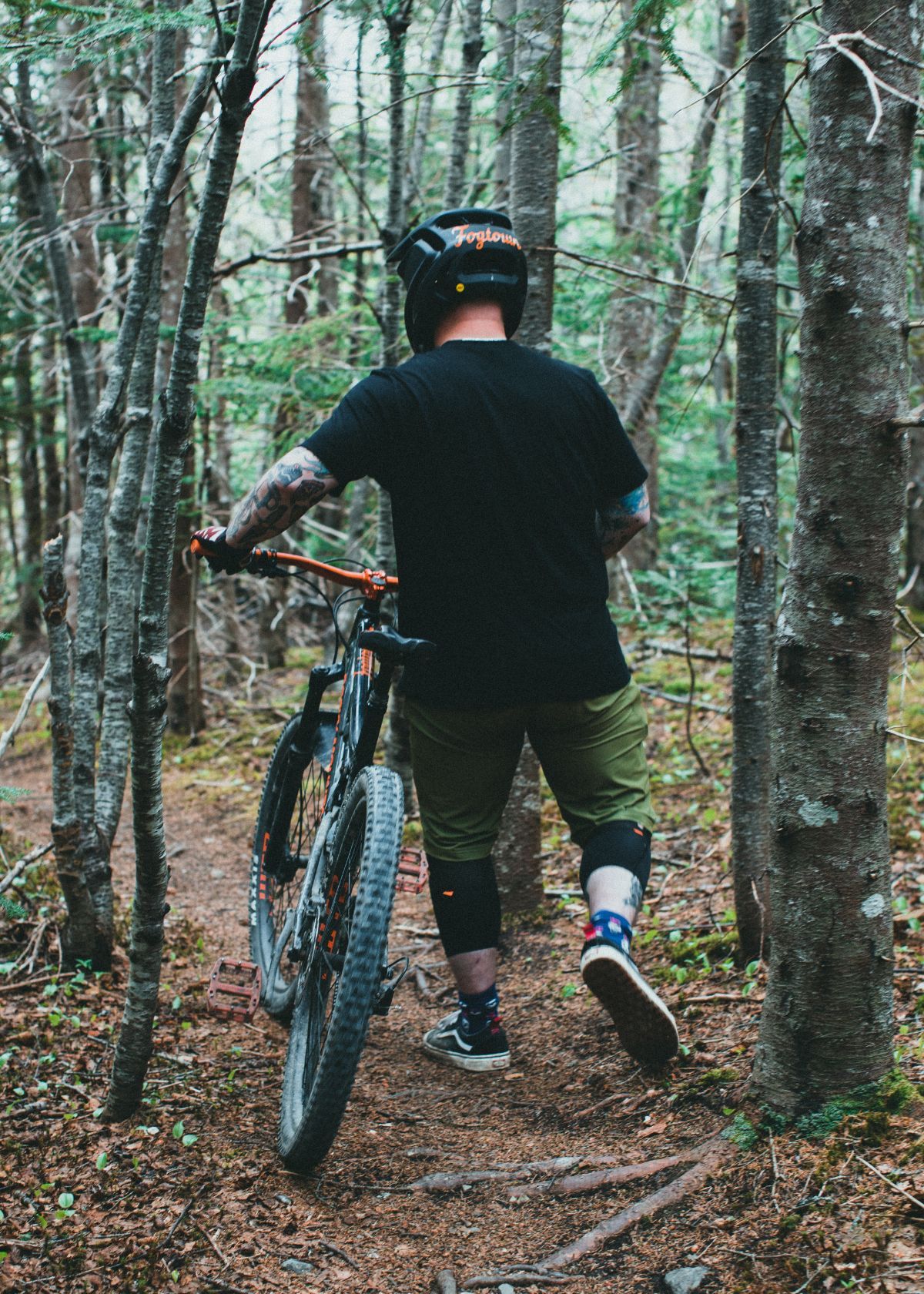
Climate Adaptability and Comfort
Riding a mountain bike is an exhilarating experience, as you conquer challenging terrains and soak in the breathtaking beauty of nature.

However, it's crucial to equip yourself with the right gear to enhance your performance and ensure maximum comfort. Among the essential components of a beginner mountain bikers ensemble, gloves play a significant role in providing both climate adaptability and comfort.
Climate Adaptability:
Conquer All Elements Mountain biking often exposes riders to ever-changing weather conditions. Whether you're battling scorching heat, bone-chilling cold, or sudden downpours, your gloves should be able to adapt.
Look for gloves with climate-specific features such as breathability, insulation, and moisture-wicking properties. A versatile pair of gloves that can be layered or adjusted according to the climate will keep your hands comfortable and ready to tackle any trail.
Insulation for Cooler Climates:
When the mercury drops and frost begins to nip at your fingertips, insulation becomes crucial. Look for gloves with built-in insulation, such as fleece or thermal linings. These materials will help retain body heat, keeping your hands warm and nimble even in frigid conditions.
Moisture-Wicking Properties:
Regardless of the climate, sweat can accumulate on your palms, making them slippery and affecting your grip. Seek gloves that have moisture-wicking properties, such as microfiber linings or specialized moisture-absorbing fabrics. These materials will help keep your hands dry, maintaining optimal grip and control.
Durability:
Built to Last Mountain biking can be demanding, and your gear should be able to withstand the rigors of the trail. Look for gloves made from durable materials that offer reinforced palm areas and extra padding for protection against abrasions and impacts.
Investing in high-quality gloves will ensure they last longer, providing you with reliable performance and comfort throughout your biking adventures.

Preventing Injuries and Impact Protection
Mountain biking is a thrilling and exhilarating sport that is enjoyed by many people around the world. It allows riders to connect with nature while challenging themselves physically and mentally. However, like any other sport, mountain biking comes with its own set of risks.
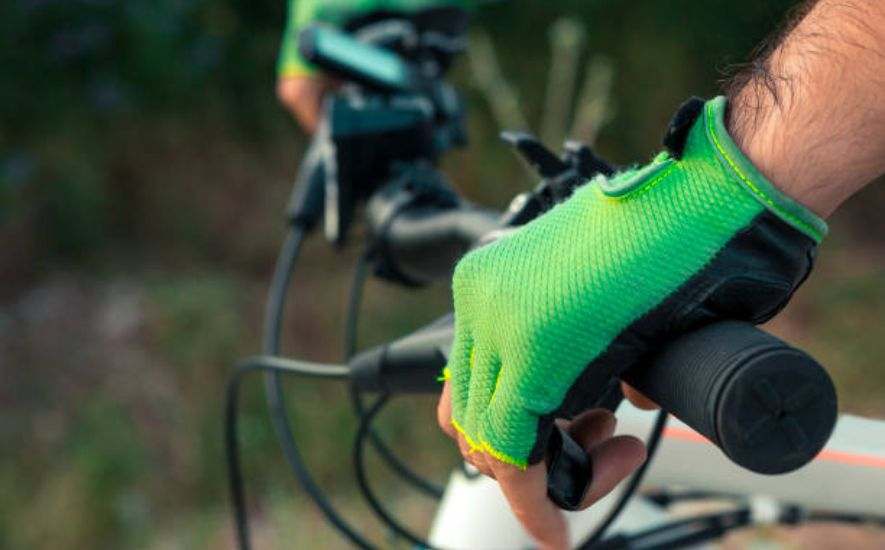
One of the most common injuries sustained by mountain bikers is hand injuries, which can be prevented by wearing properly fitted gloves made of appropriate materials.
Why Wearing Gloves is Important
Mountain biking requires riders to maintain a firm grip on the handlebars while navigating through rough terrains, steep slopes, and unpredictable obstacles. Without gloves, hands can slip off the handlebars, leading to accidents and injuries.
Moreover, wearing gloves provides protection from cuts, scrapes, and blisters caused by rubbing against the handlebars or other surfaces. In addition, gloves help to absorb shock and reduce the impact of falls, preventing injuries to the hands, wrists, and arms.
Materials Matter
The materials used in mountain bike gloves also play a significant role in preventing injuries. Gloves made of low-quality materials are less durable, less comfortable, and less protective.
The best mountain bike gloves are made of high-quality materials that provide comfort, durability, and protection. Some materials used in mountain bike gloves include leather, synthetic leather, spandex, neoprene, and mesh.
Leather is a popular material used in making mountain bike gloves because it is durable, breathable, and offers excellent grip. Synthetic leather is a cheaper alternative to real leather, but it is still durable and provides good grip.
Spandex is a stretchy material that allows for flexibility and mobility while providing a snug fit. Neoprene is a waterproof material that offers excellent protection against cold and wet conditions. Mesh is a breathable material that keeps the hands cool and dry, making it ideal for hot and humid conditions.

Enhancing Tactile Sensitivity and Dexterity
Mountain biking is an incredibly exciting and challenging sport that requires riders to navigate through rugged terrain and unpredictable conditions. The key to staying safe and enjoying the ride is having complete control over the bike.
And for that, having the right gear is essential. One of the most crucial pieces of equipment for any mountain biker is their gloves. Proper fitting gloves made from high-quality materials can enhance your tactile sensitivity and dexterity while you ride.
Proper Fit for Gloves
When it comes to gloves, proper fit is crucial for ensuring optimal performance. A good fit will prevent any unwanted movement that could interfere with your control and grip of the handlebars.
If the gloves are too loose, they can slide around, making it harder to maintain a firm grip on the handlebars. On the other hand, gloves that are too tight can cause discomfort and hinder mobility.
When choosing gloves for mountain biking, it is important to consider the size and shape of your hands. Measure your hand’s circumference and length to ensure a good fit. Many gloves come in different sizes, so take the time to try on a few pairs to see which one fits best. You want to make sure that the gloves fit snugly around your fingers, palm, and wrist without feeling too tight.

Frequently Asked Questions (FAQs)
How should mountain bike gloves fit?
Mountain bike gloves should fit snugly but not be too tight or too loose. The gloves should cover the entire hand and extend up to the wrist, providing ample protection.
They should allow for free movement of the fingers and should not restrict the rider's grip on the handlebars. The padding inside the gloves should also be in the right place, providing comfort and support to the rider's hands.
What makes a good biking glove?
A good biking glove is one that fits well, provides ample protection, and is made of breathable and durable materials. The glove should have adequate padding in the right places to absorb shock and vibrations, reducing hand fatigue.
The material should be breathable to allow for airflow, preventing sweat buildup and keeping the rider's hands cool and dry. The glove should also have a good grip, ensuring a secure grip on the handlebars.
How to choose a mountain bike glove?
When choosing a mountain bike glove, consider the type of terrain you will be riding on, the weather conditions, and the level of protection you need. Look for gloves with adequate padding in the right places, such as the palm and thumb, to reduce hand fatigue.
Choose gloves made of breathable materials to prevent sweat buildup, and ensure they fit well to provide a good grip on the handlebars. Additionally, consider the closure system, as some gloves may have Velcro or other fasteners to adjust the fit.
What material are cycling gloves made of?
Cycling gloves are made of various materials, depending on the intended use. Some gloves are made of synthetic materials such as nylon, polyester, or spandex, which provide flexibility, durability, and breathability.
Other gloves may use natural materials like leather or wool, providing warmth and a more classic look. Some gloves may also incorporate gel or foam padding for added comfort and shock absorption. The palm of the gloves may also feature a silicone or leather grip to enhance handlebar control.
Conclusion
In conclusion, the importance of proper fit and material in mountain bike gloves cannot be overstated. These seemingly small and often overlooked accessories play a crucial role in enhancing both performance and protection during thrilling mountain biking adventures.
When it comes to fit, a well-fitted glove ensures optimal control and grip on the handlebars, allowing riders to navigate rough terrains with confidence.
The snug yet comfortable fit prevents any slippage or discomfort, enabling riders to maintain a firm hold on the handlebars even in the most demanding situations. This not only enhances maneuverability but also reduces the risk of accidents and injuries.
Moreover, the choice of materials in mountain bike gloves is equally vital. High-quality, durable materials protect against abrasions, impacts, and elements. Reinforced palms and knuckle guards shield the hands from potential hazards, such as branches, rocks, and falls, keeping riders safe and minimizing the chances of hand injuries.
